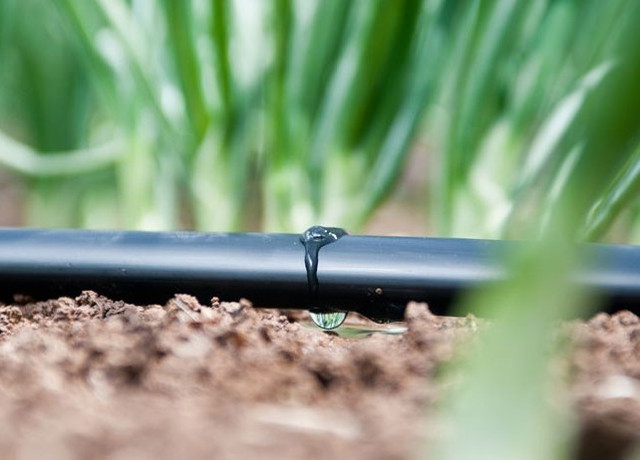
Now it’s not a problem to build a drip irrigation system for your summer house with your own hands without additional installation costs. You can purchase accessories for the drop in specialized network or online stores, or use available materials and your wits. The easiest option is to purchase a ready-made automated irrigation system that you just need to assemble.
Content
What is drip irrigation
The idea of drip irrigation arose among farmers in the last century, it was used to create irrigation systems for vegetables and melons in arid regions. The main purpose of such irrigation is to deliver life-giving moisture exactly to the root zone of a vegetable plant (tomato, pepper, eggplant), fruit trees, shrubs or under bushes of wild strawberries.
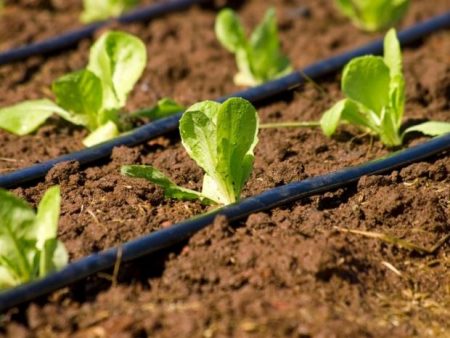
The main element of the system is the source of water, from which moisture is supplied to the desired part of the garden (garden) and drips into the ground in small portions. Water supply and shutdown can be carried out automatically, on time, or upon reaching the desired soil moisture level, or in manual mode.
Transport communications (pipes, tape, hose) must be suitable for each plant and deliver water directly to the roots. The pressure is created using a pump or due to a height difference (raise the source to a sufficient height).
The advantages of drip irrigation
The list of positive aspects of drip irrigation, for those who are still carrying watering cans and hoses around the garden. First of all, this is a real saving of water, personal time and physical strength of a summer resident. This is a big plus, especially if the water is not from a natural source, but from a paid water supply and the flow is controlled by a meter.
With properly organized watering, they save about 80% of the water, fully satisfying the plant's need for moisture.
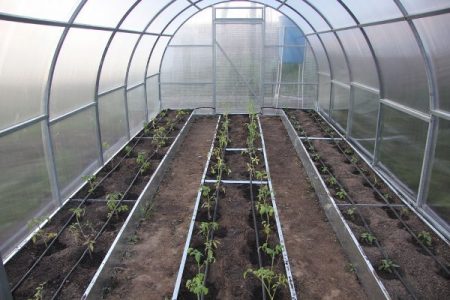
The use of drops positively affects plants:
- the soil is always moist, there is no excess and lack of moisture;
- optimal humidity in the basal zone serves as a prevention of fungal infections, improves immunity;
- lack of sunburn;
- the system allows you to combine watering with root top dressing with fertilizers.
In the hot season, a drop of greenhouse owners are especially welcome. Drop watering plus mulch and good ventilation provide plants with comfortable conditions and significantly make life easier for summer residents.
How to make drop watering yourself
In order to save the family budget, having a minimum set of tools at the dacha, many do-it-yourself drip irrigation from the available materials. Home-made designs improve the quality of irrigation.
A source of water of at least 100 liters is required. For this purpose canisters, barrels made of plastic are suitable. An important point is the installation height of the tank, it should be at least 1 m, and preferably 1.5-2 m.
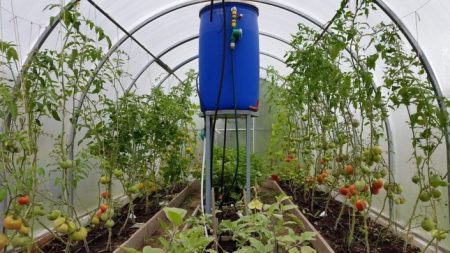
The pressure of the water in the system will depend on the height at which the barrel is located.
It is practical to place a container under the drain.This arrangement has two advantages: the consumption of tap water is reduced, and the rainwater contains in its composition ammonium and iron useful for horticultural crops. Water is supplied under bushes, trees, to the greenhouse on the ridges by garden hoses.
Cut the hose, make holes in it after the exact watering diagram is drawn. It is necessary to make allowances - cut pieces of a slightly longer length than indicated on the diagram. Arrange the resulting pieces according to the drawing, connect, mount the cranes in the right places. In the designated places, with the help of a hot nail or drill, make holes for supplying water.
Options for drip irrigation systems
For those who like to do everything with their own hands, there are various ways to make a country drip irrigation. One option is to purchase it in a horticultural store:
- a hose for supplying water to the greenhouse (on the ridge);
- tapes of the required length;
- cranes;
- fittings.
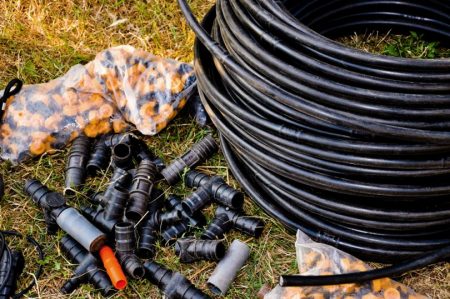
There are ready-made kits on sale that contain everything you need (tape, hoses, faucet, tee, couplers) and assembly instructions, but you can quickly make a simple design for watering using the advice of craftsmen.
Traditional design
In country houses and cottages, a classic irrigation scheme is used, consisting of a barrel (water source) and a branched water supply system consisting of pipes (hoses), plugs, special hoses (tapes), start connectors, tees and taps.
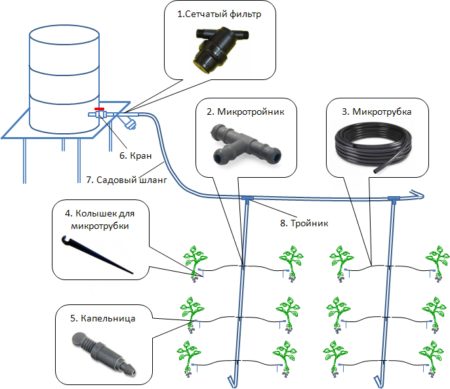
Pipes perform the function of a main conduit, through which water flows to plants in garden beds or in a greenhouse. Water is supplied to plants through special hoses in which droppers are mounted, when choosing which they look at the characteristics:
- productivity (l / hour);
- the interval between droppers for hoses is 0.2-1.5 m, for tapes 0.15-0.3 m;
- wall thickness of the tape (hose).
Optimum hose performance - 1.2-4 l / h.
Hoses with thick walls of 20 mm and more are more expensive, but have a longer service life than thin-walled. The thickness of the drip tapes is less (0.12-0.4 mm), they have an oval shape, come in two types: seamless, glued. The length of the irrigation sleeve is 250 m with a tape diameter of 16 mm and 450 m if the diameter is 22 mm.
Polypropylene pipes are laid from the source to the irrigation hoses from a hose or tape; fittings are used to connect the structure. To disconnect the irrigation zone from the source, taps are installed in the system, they are placed after the tees so that the debris does not clog the tape holes, a filter is installed on any source.
DIY drip irrigation from plastic bottles
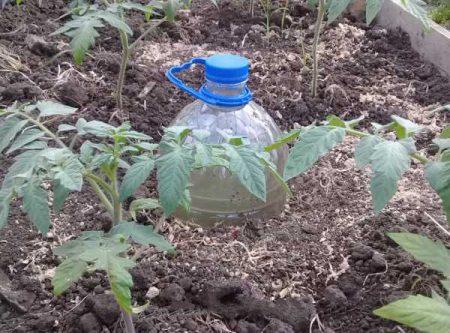
During the winter, it is easy to accumulate a large number of plastic bottles with a volume of 1.5 to 2 liters. In the spring, they will come in handy in the garden, with their help you can build a simple structure for delivering water to the root system. We are preparing a tool, for the job we need a drill and a twist drill (2 mm).
The volume of liquid poured into the bottle is enough for 3 days. Summer residents who occasionally come to the countryside, the design will help in organizing regular watering of moisture-loving crops (cucumbers, peppers) in the greenhouse and in the open ground.
Steps for making a bottle drop:
- holes are drilled in the tire;
- the bottom of the tank is notched, but not completely;
- at the bush (tomato, peppers, strawberries) in the root area, a groove is digging (no more than 15 cm);
- the bottle is placed in a depression, bending at 45 ° to the horizon;
- pour water.
Instead of a tire with holes, you can use purchased watering pegs. They are put on the throat of the bottle, and stuck in the right place. The bottle design is suitable for root dressing. Instead of water, pour liquid fertilizer.
Watering using medical droppers
Inexpensive medical droppers are used in the manufacture of a simple irrigation system for giving. You will also need a polyethylene pipe with a diameter of 25 mm and tools: a drill with a 4 mm drill and a thick sewing needle.
A filter is picked out with a needle from the dropper, and the required number of holes are drilled in the pipe with a drill, under the dropper. Pipes are laid out over the site, welded, the source is equipped with a crane and a filter.
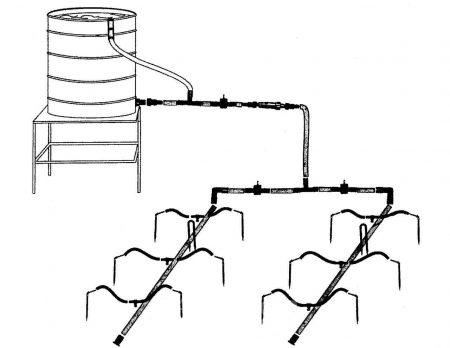
So that the dirt from the bottom of the barrel does not get into the system, a hole for the crane is drilled at a height of 7 cm from the bottom of the tank.
Next to the faucet they put a filter for water purification, and a central pipe is attached to it. In the holes drilled in the pipes, one end of the dropper is inserted, the other end with the dispenser is attached to the peg and installed in the place of irrigation. The water flow rate is controlled by clamps.
Drop watering from polypropylene pipes
Polypropylene pipes serve for many years, they do not rust and are easily connected to each other by welding. In addition to pipes you need to have:
- a barrel of 100 or more liters;
- crane (ball);
- water filter;
- tees;
- cranes.
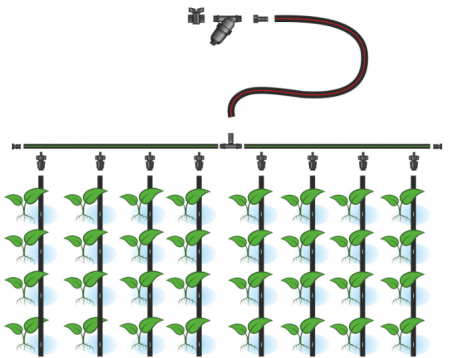
First draw a diagram indicating the exact dimensions and designation of points of irrigation. The total pipe length and the number of bends are calculated. The drive is raised to a height of 1.5-2 m, a crane is inserted into its lower part, while they retreat from the bottom by 7-10 cm. There is enough capacity for 100 l to provide a humidity of 50 m² in the garden.
One end of the central line is connected to the tank (filter), a cap is attached to the second, in addition, each tap must end with a cap. Holes are drilled in pipes (bends). When all the parts are assembled, the tank is filled, the tap is opened and it is checked whether water enters the ridges.
Underground drip irrigation
Underground irrigation reduces moisture evaporation, which means it reduces the amount of water consumed. Weed control takes less time, they do not grow in the absence of surface watering. A big plus of underground irrigation is the absence of crust, the soil on the surface is always loose, which provides good oxygen access to the roots.
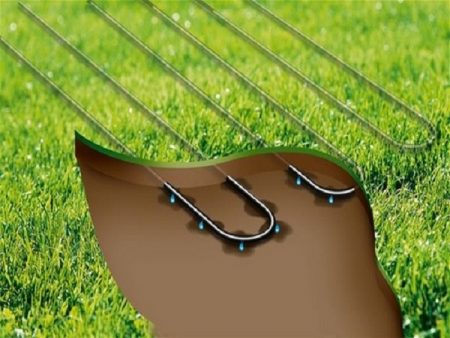
It is good to have an underground drip irrigation system in a greenhouse: communications do not take up usable area, air and soil humidity are normal, and there is no oxygen starvation in plants.
Necessary tools
First of all, you need a shovel. We'll have to dig trenches, since all communications will go underground. Of the tools you need a drill and scissors. Drill holes in the pipes with a drill, cut the plastic film with scissors. Pipes for underground irrigation take polypropylene, to connect them, you will need a basic set of tools:
- soldering iron;
- steel knife;
- hacksaw;
- pencil and tape measure.
Simple soldering irons for propylene are not expensive, but they do not have to be purchased, they can be rented for a short time.
Manufacturing and installation process
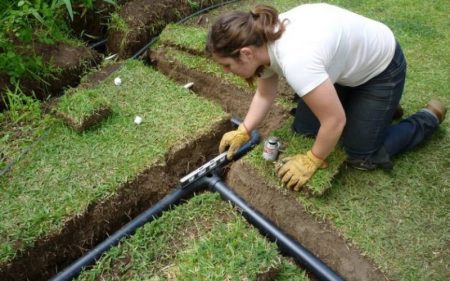
First draw a diagram and make measurements, determine the required length of pipes. Pipes made of polyethylene with a diameter of 20 to 40 mm are suitable for underground irrigation. Holes with a diameter of 2-3 mm are drilled with the desired pitch of 20-40 cm, using a drill.
A water filter must be installed on the water tank.
Trenches dig to the depth of the roots according to the developed scheme, observe the distance between the trenches 40-90 cm and proceed to installation:
- strips of polyethylene are laid on the bottom and walls;
- a layer of crushed stone is poured over the polyethylene, its thickness is at least 4 cm;
- pipes are laid on the drainage layer;
- pipes are soldered, covered with geotextiles, covered with gravel and soil.
The water tank is raised above the surface of the earth, so that the difference in height provides pressure in the system. The line with the source is connected with a flexible hose through a filter.
If you don’t feel like working with your hands
Busy people have no time to engage in the manufacture of home-made designs and independent selection of components for irrigation, they prefer to buy ready-made systems.Industrial watering systems are popular with summer residents:
- Aqua Dusia, Aqua Dusia Water Tap, Aquadusia automatic;
- Water strider;
- Gardena irrigation systems;
- Dewdrop;
- Beetle;
- Harvest
- KPK 24K.
The choice of drip irrigation system
Cottagers who rarely come to the cottage are suitable for Vodomerka, AkvaDusya submachine gun, KPK 24K. These systems are equipped with automation, the irrigation mode is set, and greenhouses and garden beds are watered when the owner is not in the country, or he is busy with other things.
There are sets of Rosinka, KPK 24, Harvest, Gardena without automation, which manually adjust the volume of water supply and connection (shutdown). Most industrial drip irrigation systems are designed to supply water from a barrel. From the water supply system and from the pumping station, the Aqua Dusya Water Tap and Gardena sets can work.
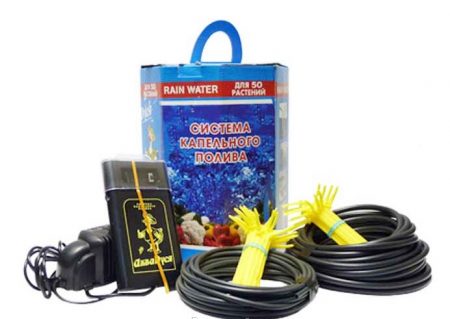
In the absence of a power supply at the cottage, kits are purchased in which the automation operates on batteries.
When buying, they evaluate system performance and their needs:
- irrigated area;
- number of ridges;
- kind of vegetable crops.
Each vegetable or garden crop requires a certain amount of water for one irrigation.
Installation of the system in a greenhouse or garden
Installation begins with the installation and equipment of a water tank. Make a tap for connecting to the water supply and a tap for connecting to the main pipe going to the irrigation site. The tank is mounted on a support.
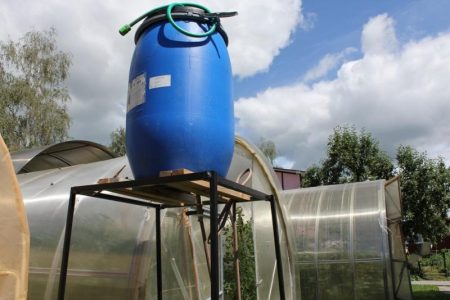
First they connect the filter, then the automation (timer, controller). To extend their service life, they are recommended to be placed in plastic technological boxes that protect automation from rain and dust.
Proceed to the installation of the irrigation system:
- between the beds (in the greenhouse) lay the trunk;
- using fittings (corners, tees), in the necessary places they make branches (branches);
- holes are drilled in the main pipe;
- droppers or irrigation tapes are inserted into the holes;
- tapes are placed in the irrigation zone, droppers are distributed in places for planting;
- fill the container with water;
- make a trial run.

Automation is done after watering quality assessment. The timer (controller) sets the frequency and time of watering.
How to automate the process, “smart drip irrigation” with your own hands
Smart automation (timer, controller, sensors) makes life easier for the summer resident. Installing a timer (electromechanical, electric) on a water source allows you to feed and turn off the water automatically at predetermined time intervals.
In order for the timer to work, the pressure in the system is maintained using a pump; when choosing, the characteristics are evaluated:
- power;
- noise made during operation;
- resistance to chemical compounds.
That is, the motor should be powerful enough, not noisy and not responding to fertilizer solutions. With an unstable pressure level, a pressure reducer is installed.
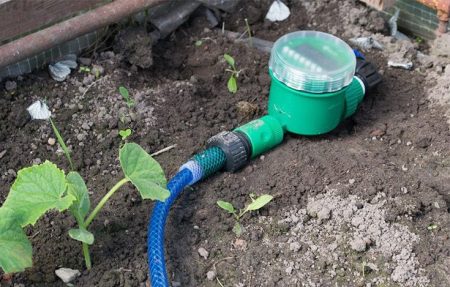
Using the controller, a program is set that controls the watering for several days. Automation using sensors analyzes indicators:
- water pressure;
- soil moisture level;
- air temperature.
Controllers are single-channel and multi-channel. In a branched drip irrigation system, you can install several single-channel timers.
Conclusion
It takes a little time to assemble the irrigation system. There are no works of high complexity, so any man who knows how to use a drill will collect it. The family budget will tell you which is better, a home-made drop of improvised materials, or a ready-made system of domestic or foreign production. In order not to waste time repairing failures and repairs, you need to make accurate measurements, draw a diagram and carry out the correct installation.

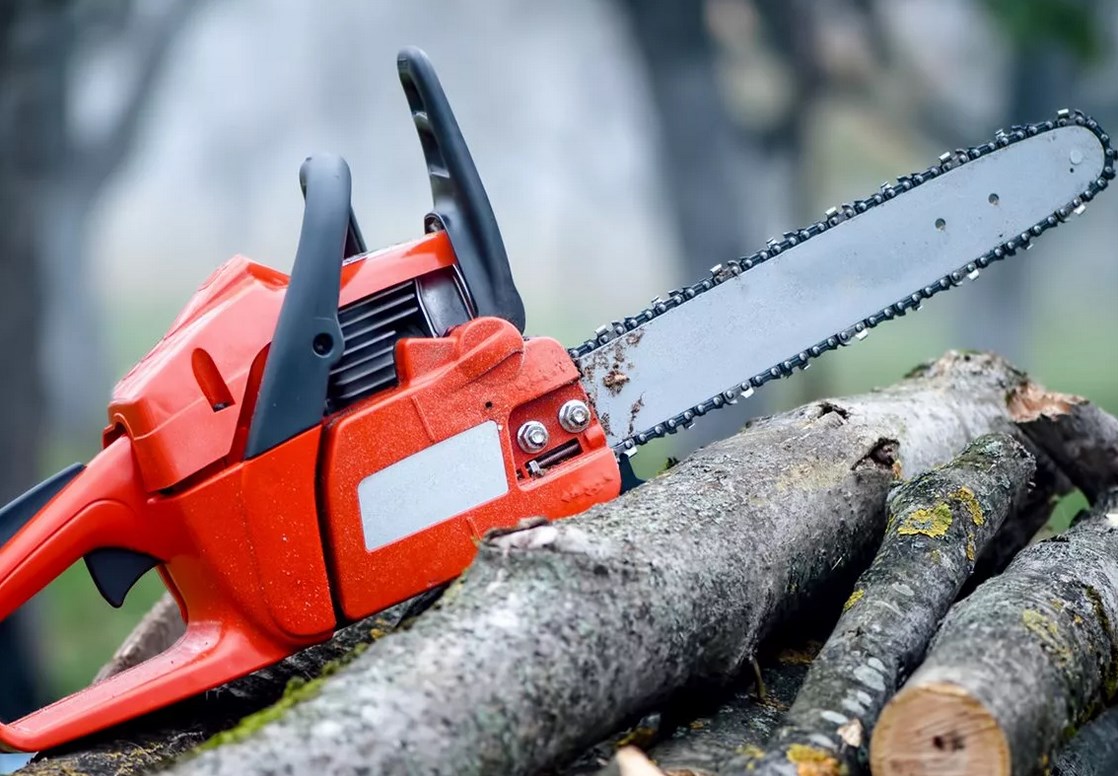
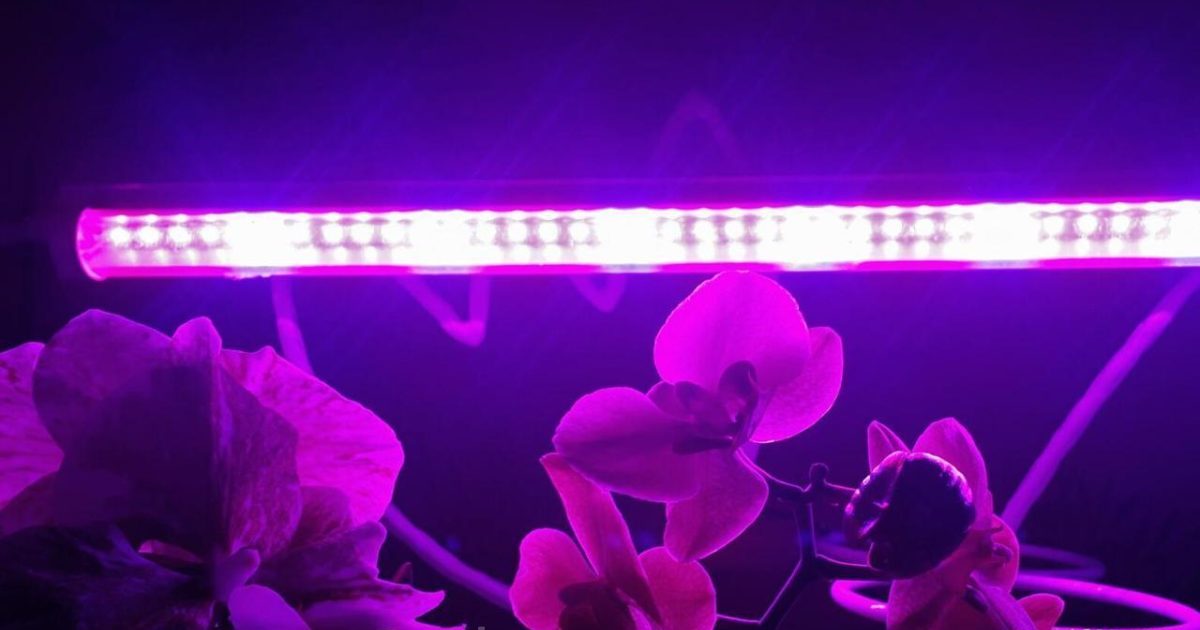
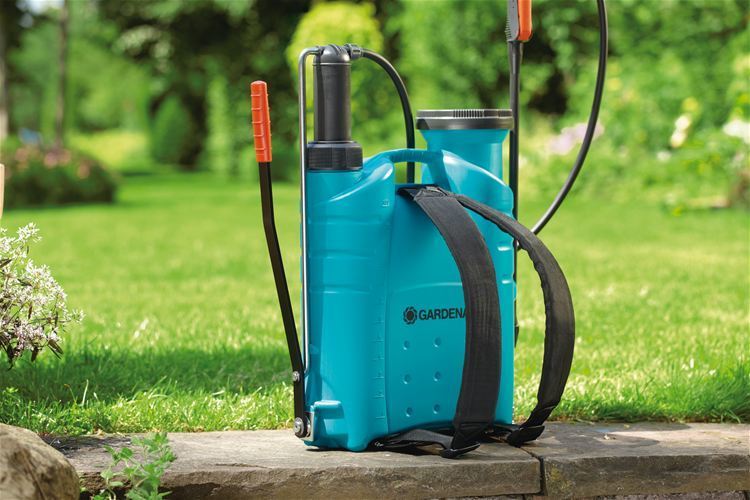
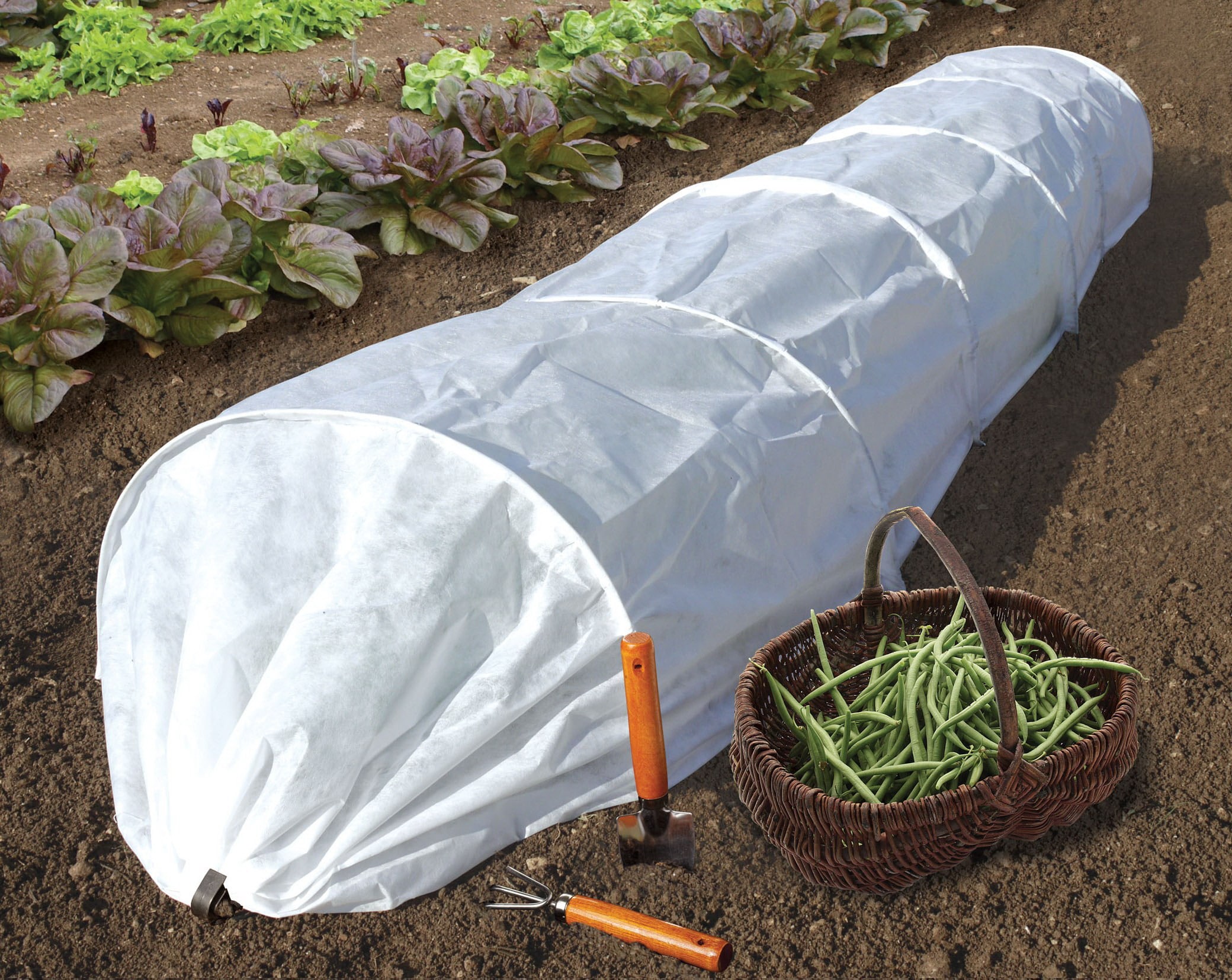 Cover material for plant care: features of use
Cover material for plant care: features of use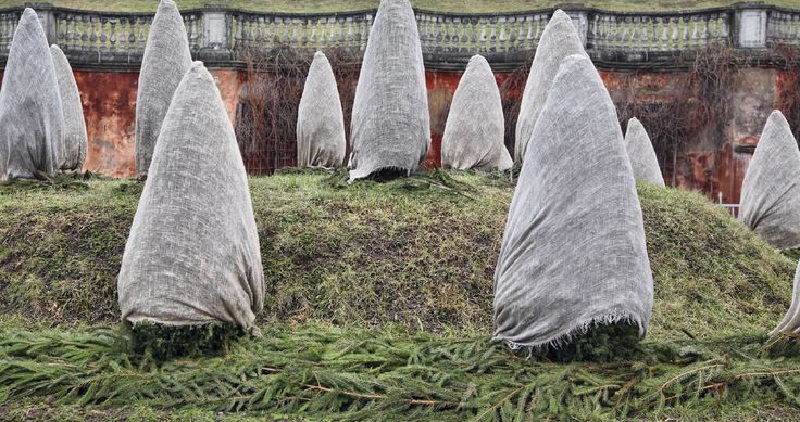 Types of winter covering material for plants
Types of winter covering material for plants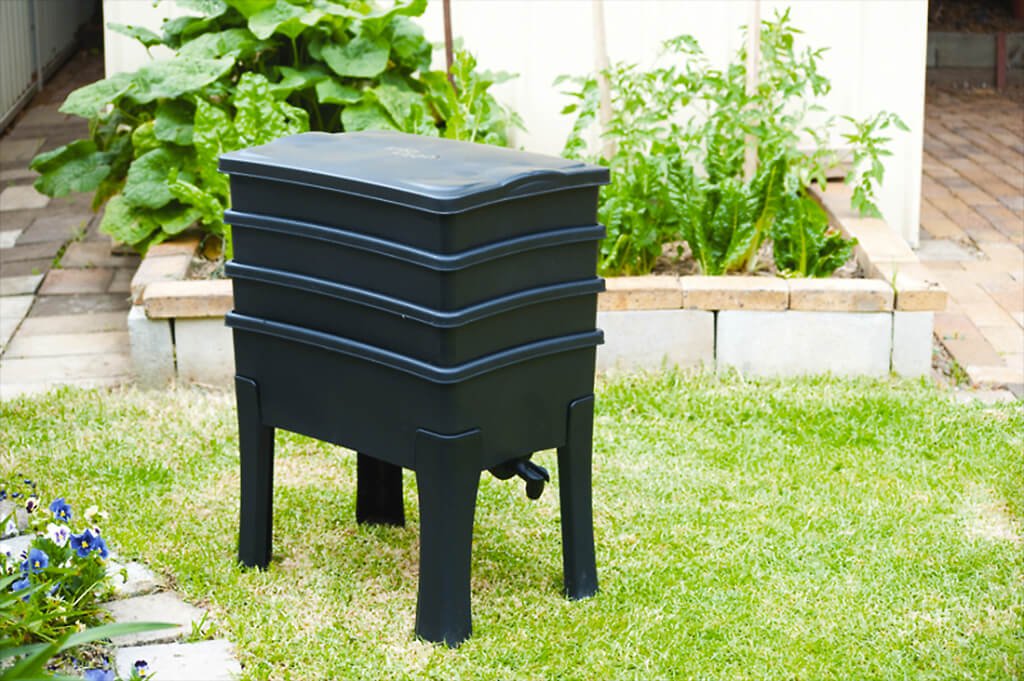 Biohumus Farm
Biohumus Farm What covering material to choose for a greenhouse?
What covering material to choose for a greenhouse?